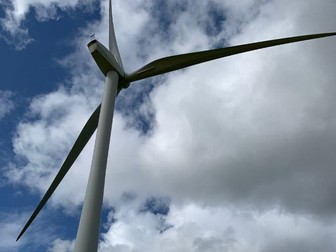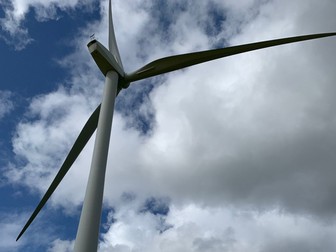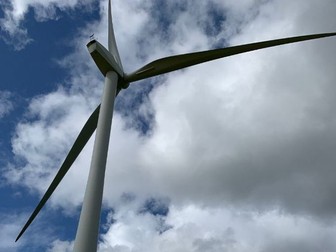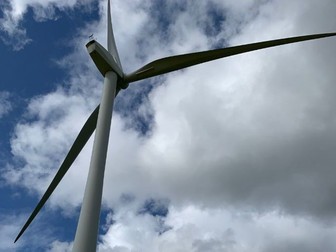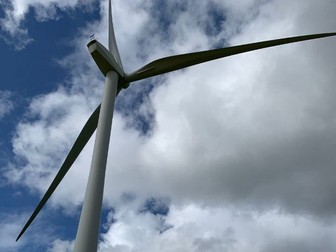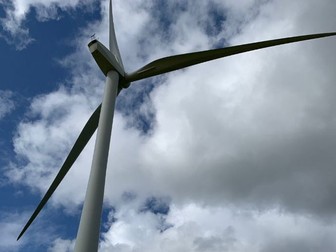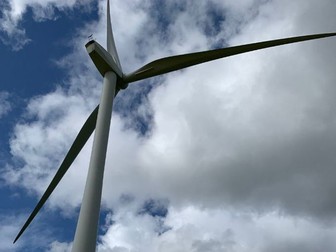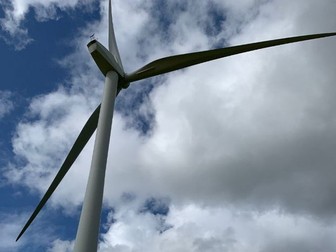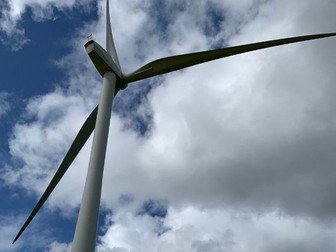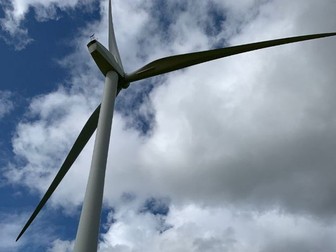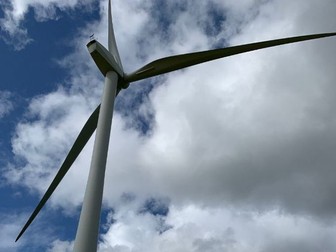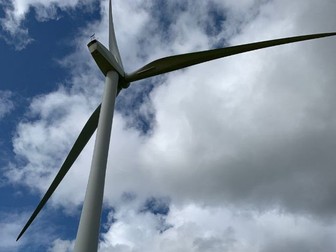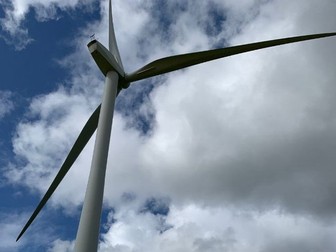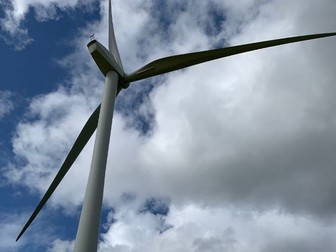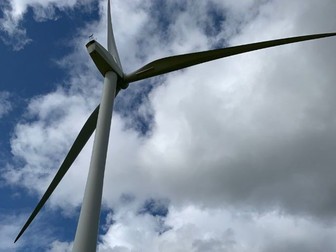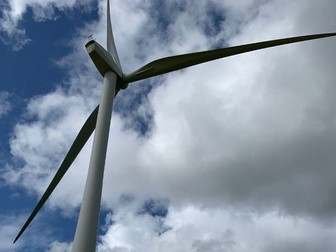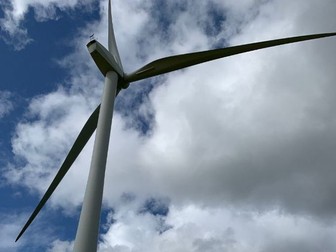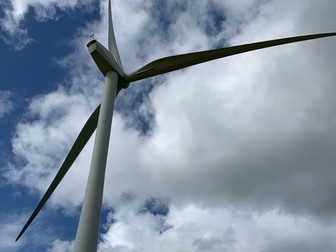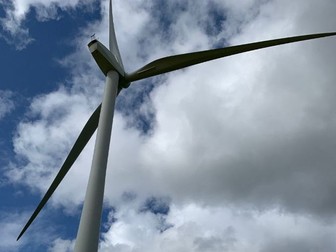
Engineering GCSE AQA - Interim tests for Student Progress Tracking
Resource contains 6 interim tests for the AQA GCSE (9-1) Engineering course. They are presented in the form of word documents along with instructional answer powerpoints to facilitate peer assessment. The tests are devised to cover the latest delivered specification content along with revisiting aspects of previous learning. Included are often more than one version of the test. The tests are question papers and students can produce their answers on paper, or these could be adapted into question & answer booklets.
Though these are based upon a 3 year KS4 course, you are welcome to mix and match the tests/questions to devise your own that are appropriate to the schedule of your particular scheme of learning.
